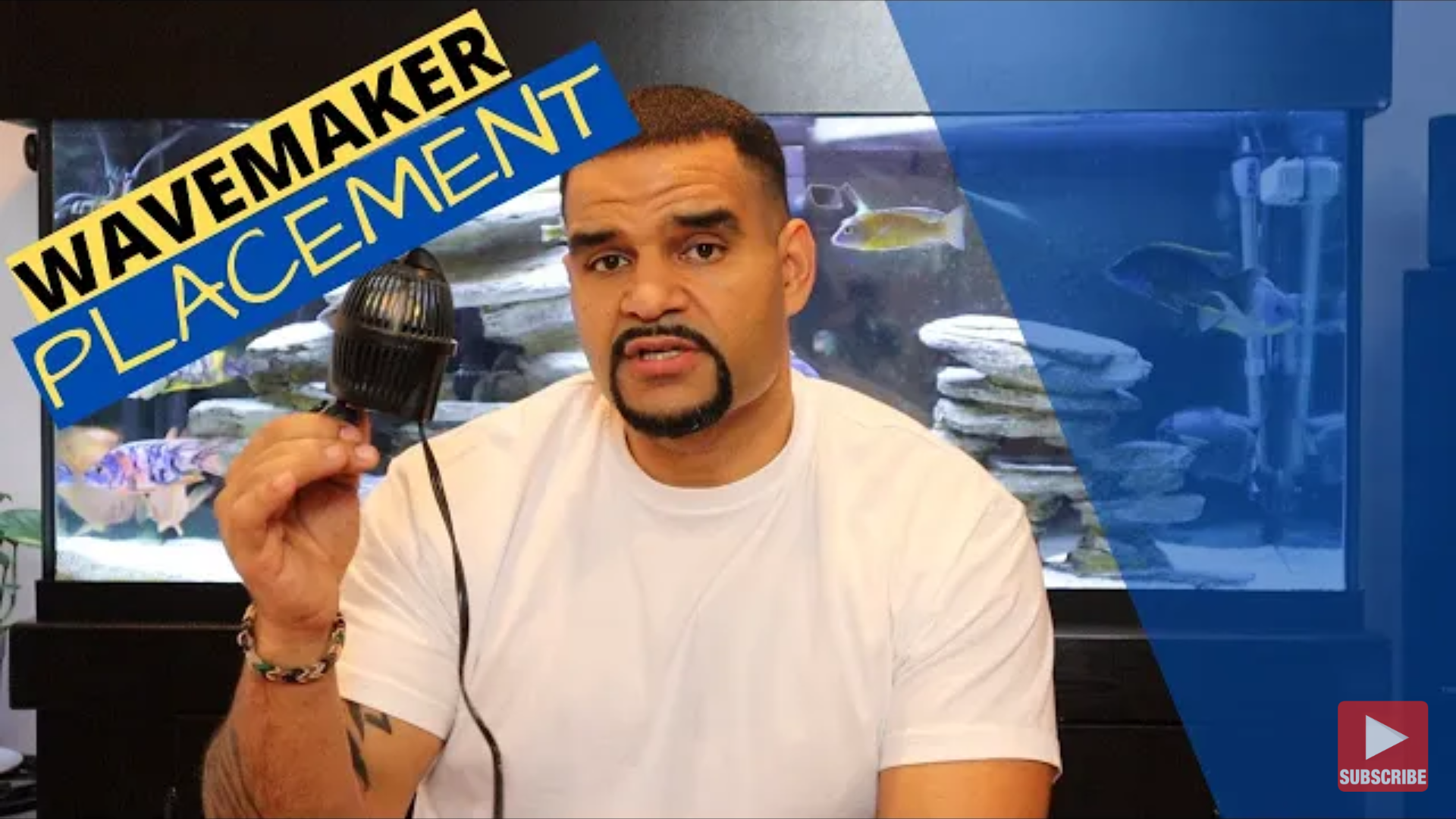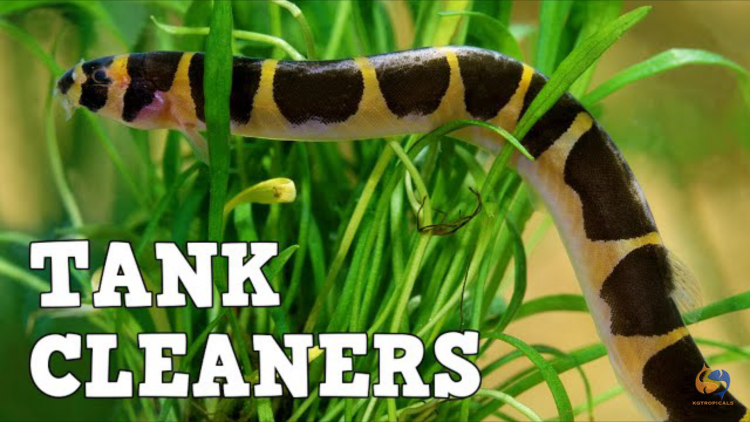Banded Corydoras (Scleromystax barbatus)
- Apr 15, 2021
- Rita
- 1140 0 0
The Banded Corydoras (Scleromystax barbatus) is a subtropical freshwater fish with many names. Some of these names include Bearded Catfish, Banded Catfish, Corydoras barbatus, Corydoras eigenmanni, Callichthys barbatus and Corydoras kronei. This fish is a very distinct member of the Corydoras family due to its elongated body shape, intricate markings, and exceptional size of up to 3.9 inches (9.9cm).
Origin
Banded Corydoras are indigenous to South America, specifically tributaries of the coastal Rios Inbomirim, Guapi, and Capivari, between Rio de Janeiro and Santa Catarina, in South-Eastern Brazil.
Natural habitat
These fish live in a subtropical climate where the water temperature ranges between 68°F (20°C) to 82°F (28°C). The pH of the water in their natural habitats is around 6.0-8.0 with a hardness of 2-25dGH. They will feed on plant matter, benthic crustaceans, insects, and worms.
They are usually found in coastal bins but only occur in freshwater. They prefer very slow-flowing tributary streams, coastal drainages, and ponds. The substrate in these areas usually consists of fine, smooth pebbles, usually covered by mud, or sand.
Diet
The Banded Corydoras is an omnivore. In the wild, they will feed on benthic crustaceans, worms, plant matter, and insects that sink to the bottom of their stream or pond. They are excellent scavengers and will take advantage of any food source.
In captivity, they should be fed high-quality sinking dried foods such as sinking pellets or wafers. They should also be fed a variety of frozen and live meaty treats like chironomid larvae (bloodworm), tubifex, daphnia, suchlike and mosquito larvae. It is very important to feed a varied diet to ensure your fish stays in optimal condition.
These fish are excellent at scavenging and foraging but they are not able to survive solely on ‘left-overs’ from other fish and should never be expected to clean the tank of algae.
Tank And Water Parameters
To keep Banded Corydoras in an aquarium, you will have to consider individual fish size as well as behavior and shoaling requirements. This fish species should not be kept in a shoal of fewer than six individuals.
The tank should be a minimum size of 55-75 gallons for a shoal of 6 adults. It is always better to go bigger especially if you’re planning on keeping them with other fish species. The substrate must consist of fine sand, smooth gravel, or a combination of both. Banded Corydoras like to sift through the substrate so make sure it won’t hurt their delicate barbels.
You will also have to provide them with hiding spots such as driftwood, stones, or ample plant cover. It is best to keep them in a planted tank with real plants. This is particularly important if you’re planning on keeping more than one male. It is also very important to make sure they can reach the surface since Banded Corydoras are facultative air breathers.
The water in the tank of a Banded Corydoras should meet the following standards:
- Temperature range: 61° - 74° F (16° - 24° C)
The optimal temperature for this fish is 68°F (20°C) due to its subtropical nature.
- pH: 5.5 - 7.5.
The pH measures the acidity of the water and may change throughout the day. As long as there are no sudden spikes or drops in pH, most fish will adapt.
- KH (Carbonate Hardness): 3 - 12 dKH (54-215ppm)
The KH measures the amount of carbonates and bicarbonates in the water. It functions as a buffer and prevents your pH from changing too rapidly by neutralizing acids. If your water has a high KH the pH will be difficult to change which is great if you want to keep it stable.
- GH (General Hardness): 2 - 6 dGH (33 - 100ppm)
The GH measures the amount of calcium and magnesium ions in the water. This determines how soft or how hard your water is. Banded Corydoras prefer soft water (low GH values) but are slightly adaptable as long as there are no sudden changes.
Temperament And Behavior
The Banded Corydoras is a peaceful fish species that do great in community tanks. They are active shoaling fish and must be kept in a school of 6 or more. The males have a tendency to be territorial towards one another and cannot be kept together in a small tank, but they are otherwise as peaceful as the females.
Banded Corydoras are bottom dwellers. It is best not to combine them with more aggressive bottom-dwelling cichlids. They may also try to hunt your smaller crustaceans but do well with larger shrimps and other invertebrates.
Just like other Corydoras, care must be taken when handling this fish. They have hardened pectoral spines that can penetrate human skin. It is not advised to catch this fish with a net due to the spines getting tangled in the mesh. They are also scale-less fish which means adding salt to the tank will hurt them.
Sexing
It is very simple to differentiate between a male and female Banded Corydoras. The male has dark black to yellowish-brown markings on the flanks with a silvery-white belly. They also have two large golden blotches on the upper side of the caudal peduncle and big, shimmering spots on the upper surface of the head and cheeks that appear to be a brass color. Their fins are a translucent color with black spots. Males also extend their pectoral fins more than the females and possess a row of bristles, like a beard, across their cheeks. The color pattern on the male is also more defined.
The female has a dark brown body color with lighter blotches at random along her body. Her stomach is a creamy white and her head is a dark brown with irregular dark spots. Her fins also have a light brown coloring that forms faint lines along them. The female is also slightly larger than the male.
Breeding
Banded Corydoras can be bred in captivity, but the fry is very difficult to raise.
To breed these wonderful creatures, set up a breeding tank and add a single male and female to prevent rival males from concentrating on each other instead of the female. Breeding usually takes place in dense vegetation, so make sure your tank is suitable. If you want to remove the eggs afterward, make the vegetation sparse and add spawning mops. You can also remove the breeding pair instead if you don’t want to disturb the eggs.
When the female is visibly full of eggs, perform a 50 - 70% water change with cooler water. You will also need to increase the oxygenation and flow in the tank. Repeat daily until the female spawns. The cooler water temperature will trigger the spawning.
Once spawning concludes either the eggs or the adult fish should be removed. If the eggs are moved, the water in the new tank should be exactly the same as that of the spawning tank and stay well oxygenated. Most breeders also add a drop of methylene blue to prevent fungus on the eggs. You will need to keep your GH and KH on the low side. If the GH is above 3 the eggs most likely won’t hatch.
Incubation is usually around 3-4 days. Fry needs to be fed small live foods, such as microworms, newly hatched brine shrimp, and crushed flakes, once they have fully absorbed their yolk sacs. They require excellent water quality and do better with a thin layer of sandy substrate compared to a bare tank.
Pros
- They are very peaceful
- Quite a hardy fish in a subtropical aquarium
- Compatible with most crustaceans
- Bottom dweller which leaves the rest of the tank open for other fish
- Distinctive coloration
- Distinctive shoaling behavior
Cons
- Must be kept in schools of 6 or more
- Grows to a pretty large size of about 3.9 inches (9.9cm)
- The minimum tank size is 55 gallons for a shoal of 6 adults
- Prefers a planted aquarium
- Can be difficult to raise fry






About author